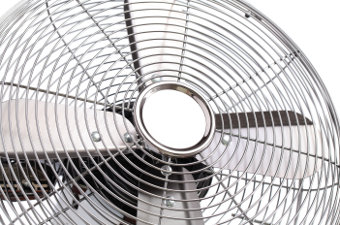Ventilation Fans
Last Updated: 02/27/24
A ceiling, wall-mounted, or remotely mounted in-line fan designed to move objectionable air from inside the building to the outdoors.
 Product Details
Product Details
To the maximum extent practicable, federal agencies are required to buy sustainable products, which are products that meet the purchasing program(s) listed below.
If there is more than one program listed below, agencies are directed to prioritize multi-attribute products, which meet statutory purchasing program requirements (![]() ) and one or more required Environmental Protection Agency purchasing programs.
) and one or more required Environmental Protection Agency purchasing programs.
Review our frequently asked questions for more information.
|
Procurement Info
|
Where to Buy
|
|---|---|
 Legal Requirements
Lists federal requirements related to the purchase of this item, including applicable Federal Acquisition Regulation (FAR) requirements
Legal Requirements
Lists federal requirements related to the purchase of this item, including applicable Federal Acquisition Regulation (FAR) requirements
 Life Cycle Cost Savings
Life Cycle Cost Savings
Life Cycle Costing (LCC) aims to quantify the financial impact of a product over its entire life cycle to assist consumers in making decisions that will save them money over the long term.
 Guiding Principles
Guiding Principles
Contributes to meeting The Guiding Principles for Sustainable Federal Buildings
 Additional Guidance
Additional Guidance
The ENERGY STAR Most Efficient![]() program identifies the most efficient products among those that qualify for the ENERGY STAR in particular product categories. Product categories were selected and recognition criteria were established to ensure that products that receive this recognition demonstrate efficiency performance that is truly exceptional, inspirational, or leading edge.
program identifies the most efficient products among those that qualify for the ENERGY STAR in particular product categories. Product categories were selected and recognition criteria were established to ensure that products that receive this recognition demonstrate efficiency performance that is truly exceptional, inspirational, or leading edge.


 Energy Star
Energy Star